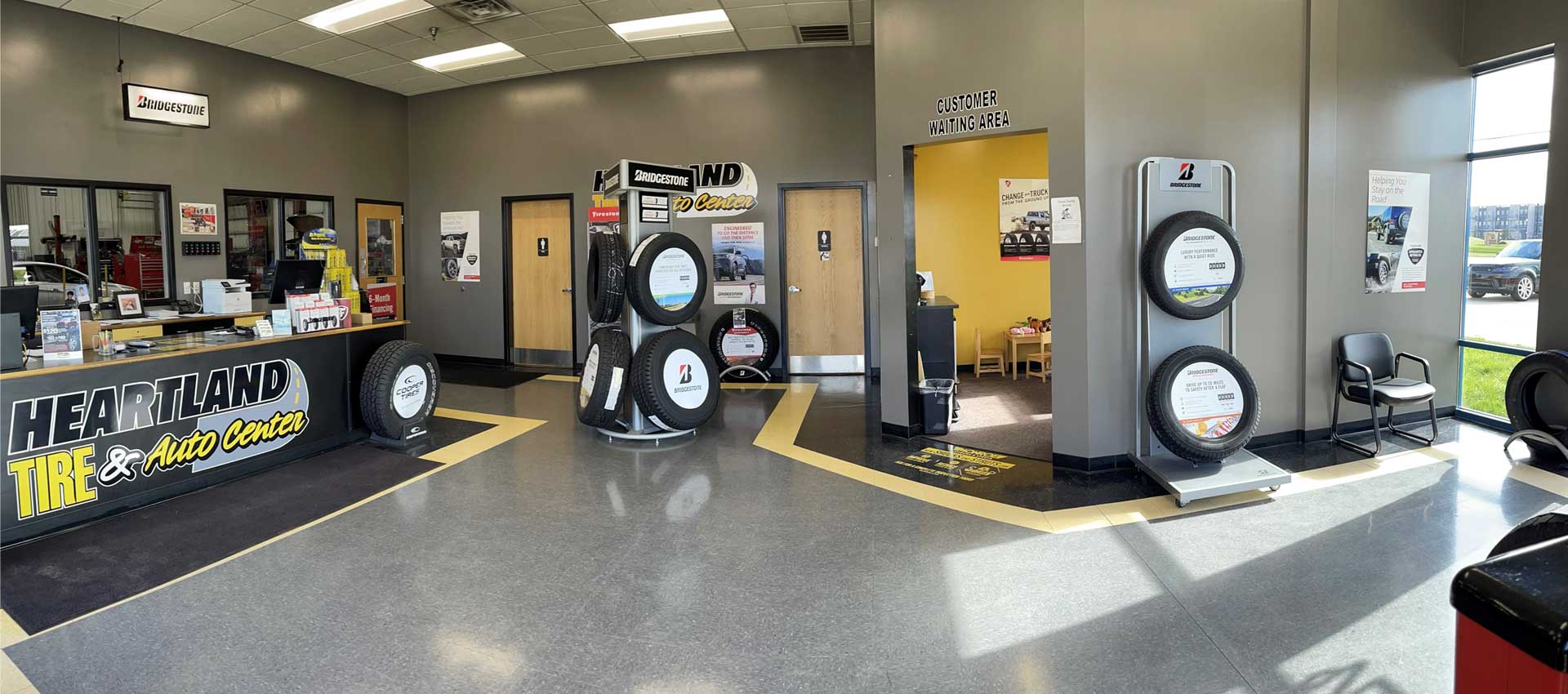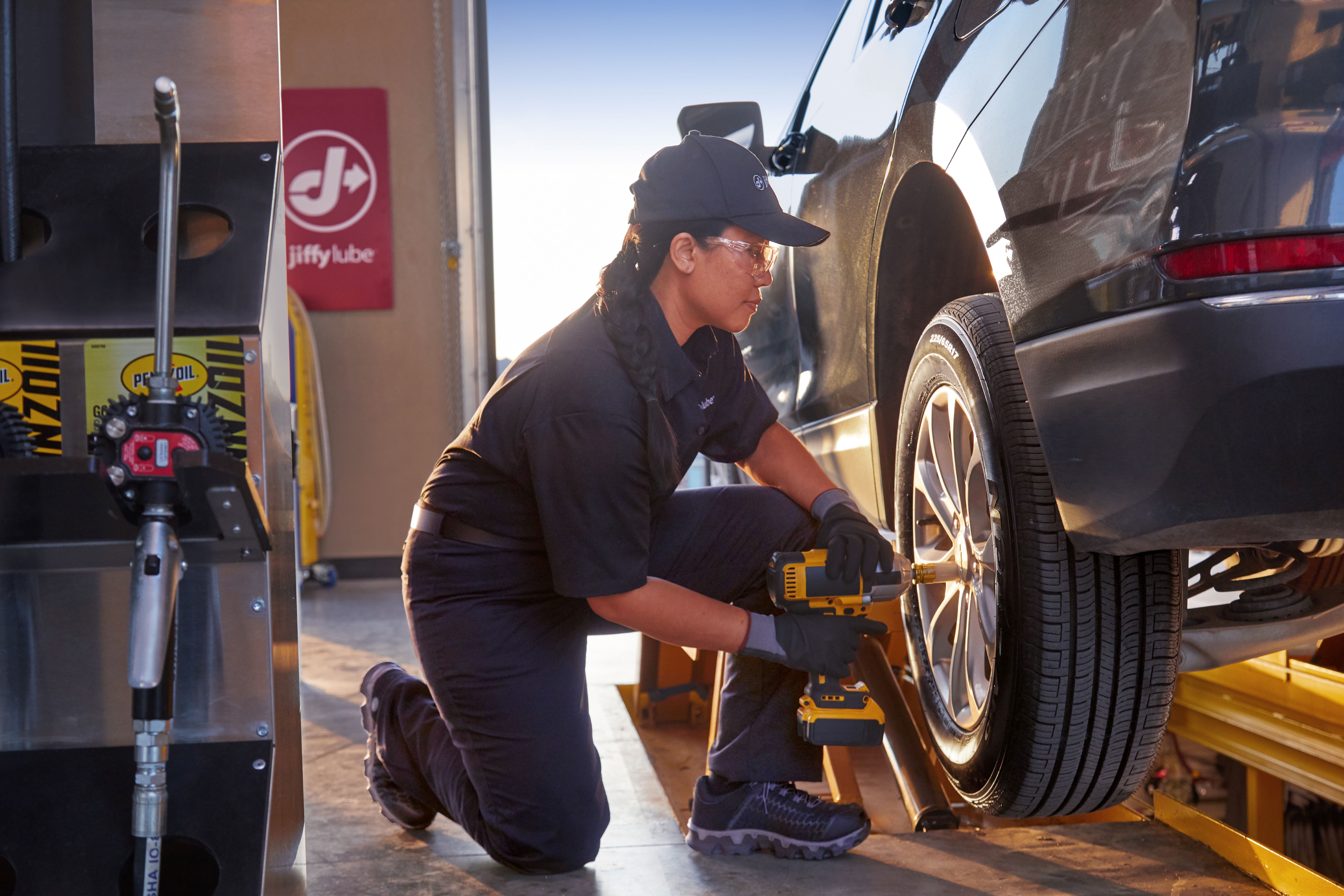Trusted Tire Shop Morris: Comprehensive Tire Solutions and Exceptional Service
Wiki Article
Tire Service: The Impact of Climate Condition
When it pertains to making certain optimal efficiency and safety and security when traveling, understanding the influence of weather on tire service is important. From scorching heat to icy roads, each weather condition element can significantly affect tire functionality and overall driving experience. By delving right into the results of varying weather problems on tires, chauffeurs can get important understandings that may enhance their car's efficiency and longevity. In this conversation, we will certainly check out the intricate relationship between climate conditions and tire service, clarifying the importance of weather-specific tire maintenance techniques and factors to consider.Warm and Tire Performance
When exposed to high temperature levels, tires experience changes in efficiency that can considerably affect vehicle security and handling. The warmth created from long term driving or warm weather problems causes the tire rubber to soften, leading to reduced step life and increased wear.Additionally, heats can accelerate the process of tire aging, causing the rubber to degrade a lot more promptly. This can lead to splits, protrudes, and various other types of damages that jeopardize the architectural integrity of the tire. To mitigate the effects of warm on tire performance, vehicle drivers need to regularly inspect their tire stress, revolve tires to guarantee even wear, and examine for any signs of damages. Additionally, utilizing tires specifically made to endure heats can aid keep optimum performance and security when driving.
Winter Impacts
Winter problems can have a significant influence on tire efficiency and safety. As temperatures drop, tire rubber can set, causing reduced grip on icy or snow-covered roads. In cold climate, tires might additionally shed atmospheric pressure a lot more quickly, which can influence handling and fuel effectiveness. In addition, chilly temperatures can create tire sidewalls to tense, enhancing the risk of damage from holes or other road threats.
To mitigate the impacts of winter on tires, it is important to routinely check tire pressure and inflate them to the producer's recommended degrees. Using winter season or all-season tires designed for cool weather condition problems can also improve grip and hold on icy or snowy roads - tire shop morris. Appropriate tire upkeep, consisting of regular evaluations for wear and damages, ends up being much more vital throughout chillier months to make sure optimum performance and safety
Rainy Conditions Effect
Tires with damaged treads are much more vulnerable to hydroplaning, where a layer of water develops up in between the tire and the roadway surface, leading to loss of traction. To combat this, motorists must on a regular basis examine their tires for appropriate tread deepness and think about spending website link in tires particularly developed for wet conditions.

Snow and Tire Safety And Security
Snow-covered roadways position distinct difficulties for chauffeurs, emphasizing the value of appropriate tire choice and maintenance. When driving in snowy problems, having the right tires can make a considerable distinction in safety and security and performance. Winter tires are created with unique rubber substances and walk patterns to give better grip on snow and ice compared to all-season tires. The much deeper footsteps and sipes of winter season tires help grip the road much better, minimizing the danger of sliding and sliding.Along with making use of winter tires, it is vital to ensure they are effectively inflated. Cold weather can trigger tire pressure to drop, affecting grip and handling (morris tire and alignment). Consistently examining and preserving the appropriate tire pressure is crucial for optimum efficiency in snowy conditions

Weather-Related Tire Maintenance
When encountered with numerous weather, correct tire upkeep comes to be a vital aspect of automobile security and performance. Weather-related tire upkeep encompasses a variety go to this website of practices aimed at making certain optimal tire feature and longevity in various weather condition situations. One key facet of weather-related tire upkeep is tire stress policy. Changing temperatures can create tire stress to vary, impacting traction and fuel effectiveness. Frequently checking and readjusting tire pressure according to supplier suggestions is crucial for safe driving in altering climate condition. Additionally, tire tread depth plays a considerable role in taking care of various weather condition elements. Tires with appropriate step deepness supply better grip on wet or icy roads, decreasing the danger of hydroplaning or skidding. Examining tire tread frequently and replacing tires when step wear gets to a particular deepness is essential for preserving traction and stability in unfavorable climate. By prioritizing weather-related tire upkeep, drivers can enhance safety, improve car performance, and prolong the lifespan of their tires.Final Thought
In verdict, weather condition problems have a significant influence on tire efficiency and safety. From warmth affecting tire stress and use to chilly climate minimizing grip, it is important to consider the weather when maintaining and using tires. Stormy problems can lower grasp and bring about hydroplaning, while snow can raise the danger of crashes if tires are not properly geared up. Weather-related tire upkeep is vital in guaranteeing optimum performance and security when traveling.In this conversation, we will certainly explore the detailed partnership between weather problems and tire solution, losing light on the relevance of weather-specific tire maintenance techniques and factors to consider.

Report this wiki page